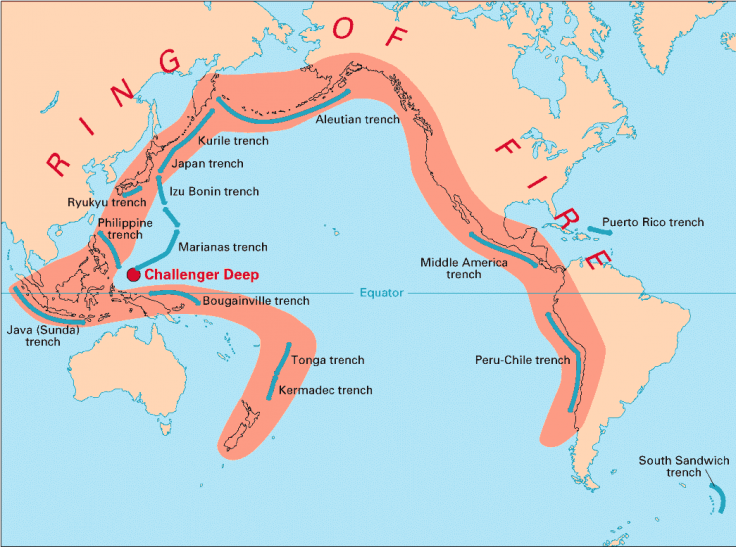
It took six years for researchers to uncover the truth behind the strange substance spreading across the Pacific Ocean, spotted by an airline passenger in 2012. Scientists back then claimed the strange substance to be pumice.
However, it was discovered that the Havre volcano, discovered in 2002 and located 600 miles off the coast of New Zealand, had erupted, leaving behind a floating raft of rock. The volcano sits one mile below the surface of the Pacific Ocean. With the aid of deep search robots controlled by remotes, the scientists studied the scale of this volcanic eruption and the expelled materials.
The findings are nothing short of a 'scientific goldmine' and might clearly help us to understand how magma rises from the earth's crust to the surface. The volcanic deposits which were released from the Havre volcano spread across 150 square meters. According to scientists, this happens to be the biggest underwater volcanic eruption of the last century, covering an area of 600 miles (1,000 km).
Submarines and robots were used to collect samples from the volcano. With the help of the instruments, the team found both rough and smooth terrain underwater along with delicate pumice stones surrounding the caldera or the gorge like depression which forms after a volcano erupts.
The raft that was formed after the Havre volcanic eruption was made of pumice, a porous volcanic rock. What struck the scientists were the pumice stones and how well they were arranged on the ocean floor. The stones stood like balanced towers.
Experts believe that almost 75 percent of the volcanic materials floated away with the giant pumice raft that was formed. This analysis suggests that undersea deposits might not give accurate eruption sizes. The expelled materials from the Havre volcano landed on the Micronesian island beaches and the East Australian beaches.

Rebecca Carey, the study's lead author, told New Zealand based site Stuff that the Havre volcanic eruption might be the biggest eruption ever seen on land in the 20th century. She further adds that for the first time people might get an overview of the "quantitative constraints on submarine eruption dynamics, and the role of the ocean in modulating those dynamics."
Since very little volcanic material is found at the site in case of underwater volcanic eruption, experts opine that procedures of volcanic eruption analysis should be reconsidered. Although most of the materials went away with the pumice raft, those that fell back on the ocean floor affected the surrounding marine communities. How different species adapt themselves to harsh environments is the next big thing for the scientists and the Havre caldera might help them go forward with the experiment.
The study has been published in the journal Science Advances.









